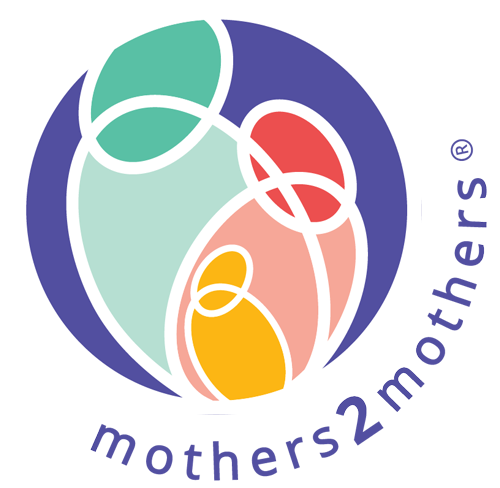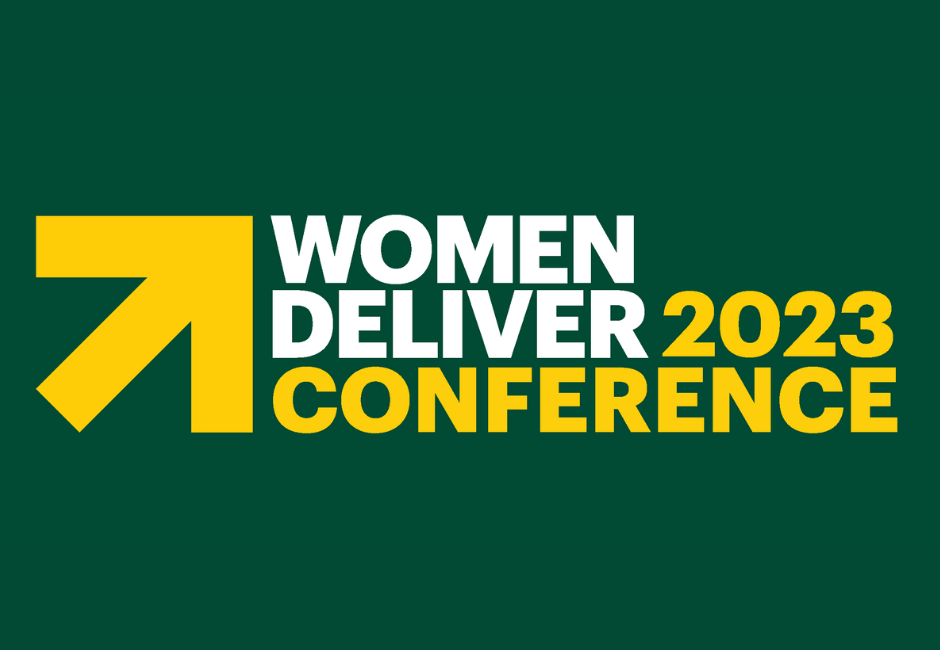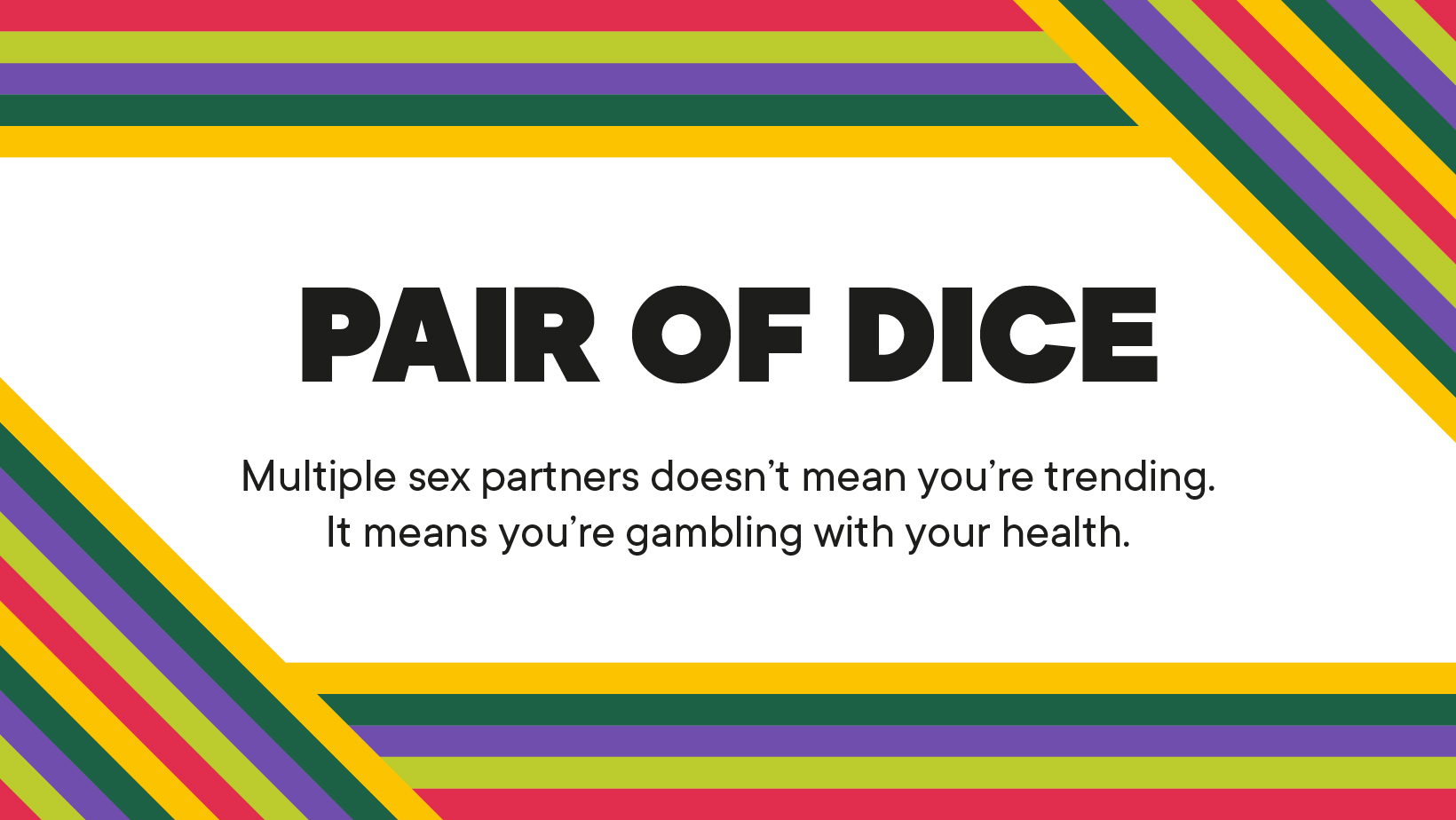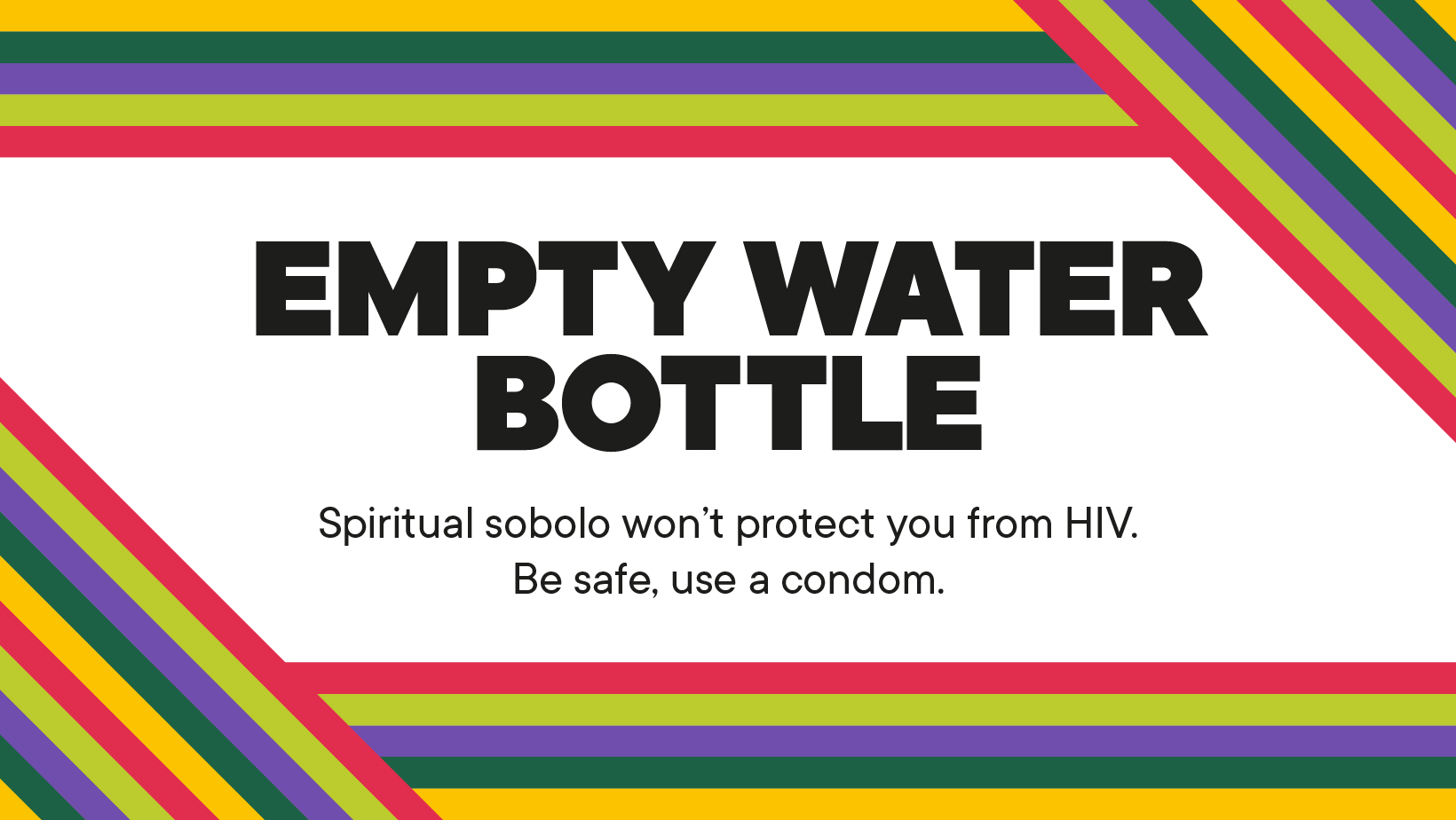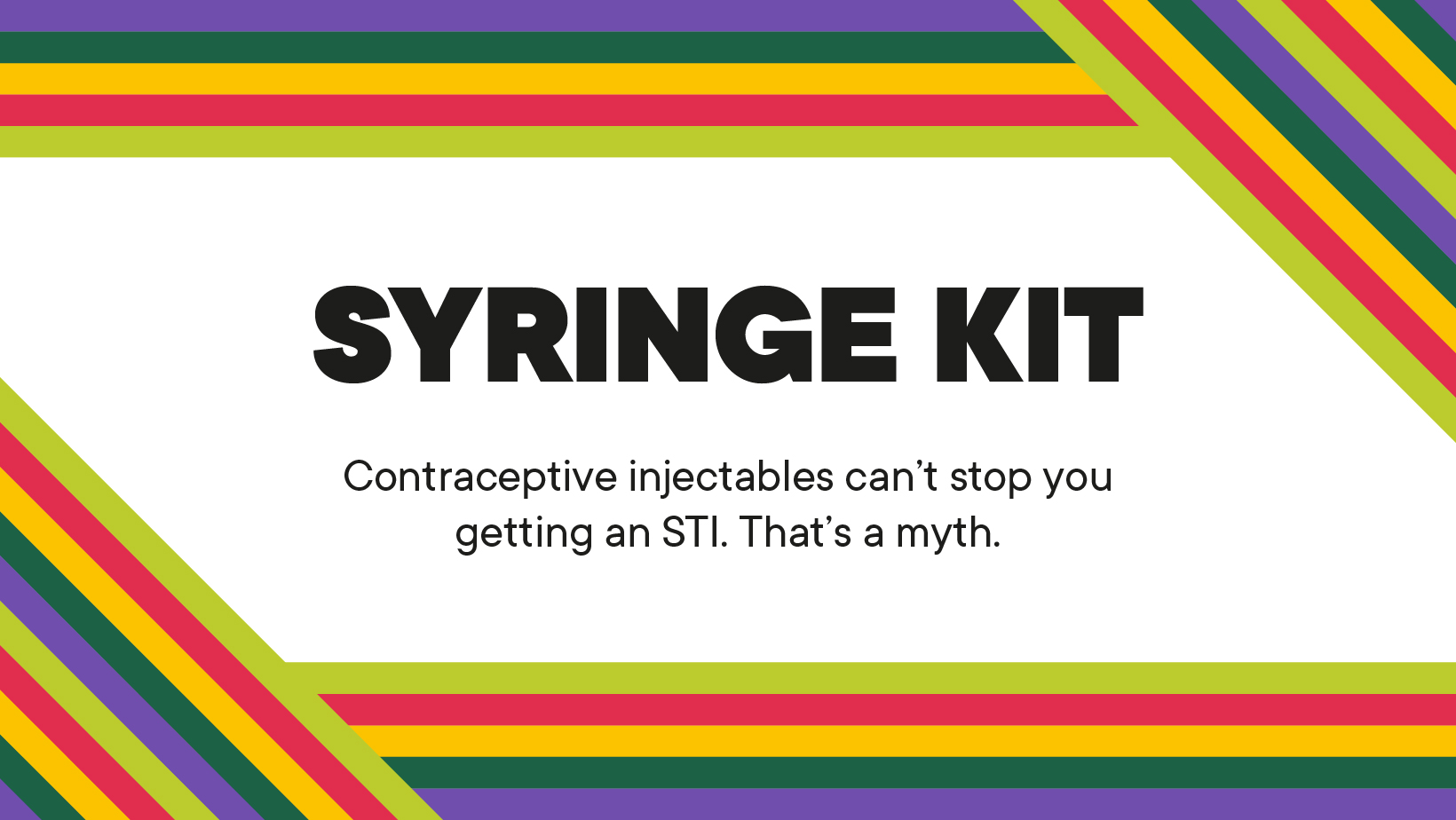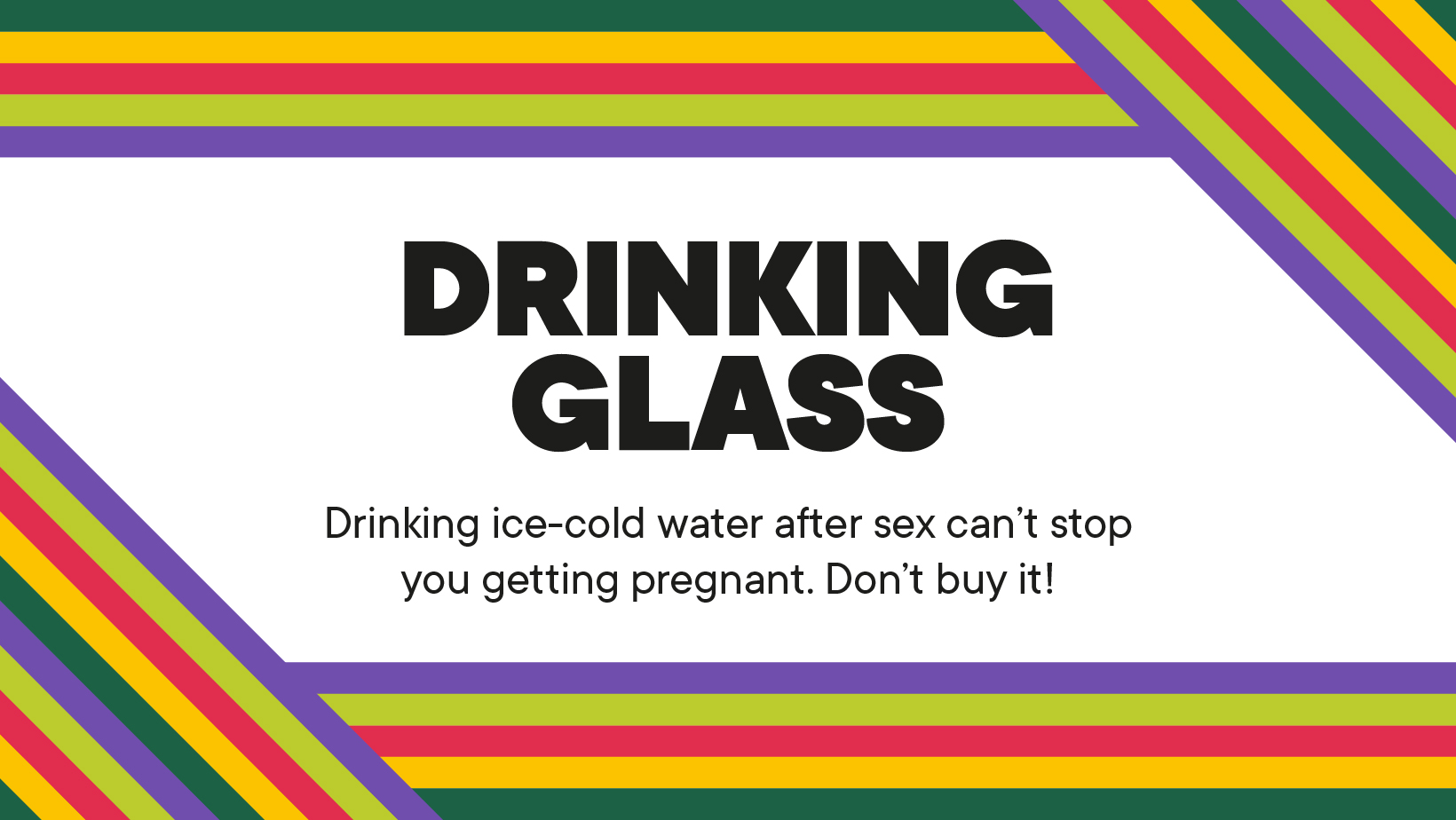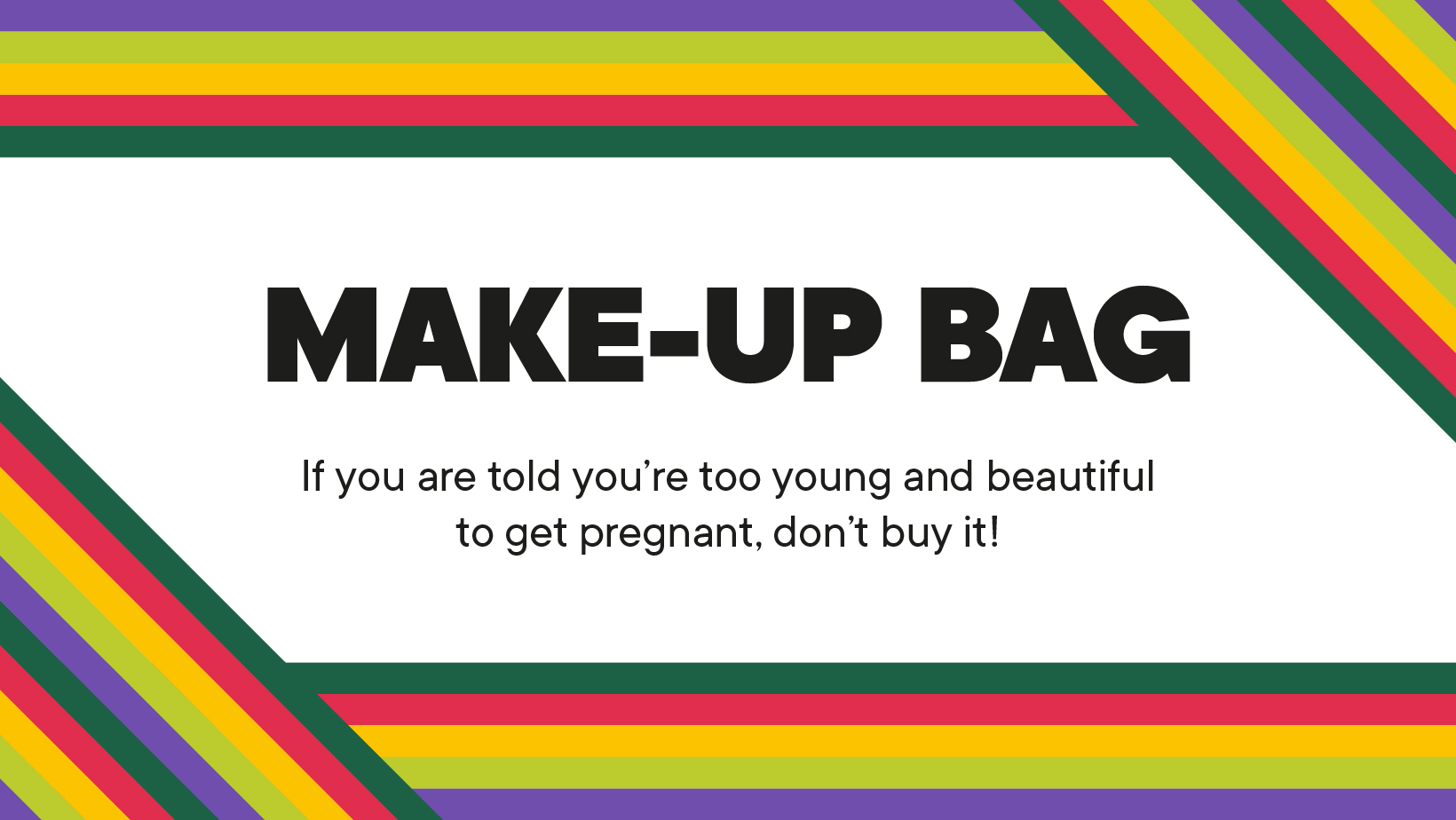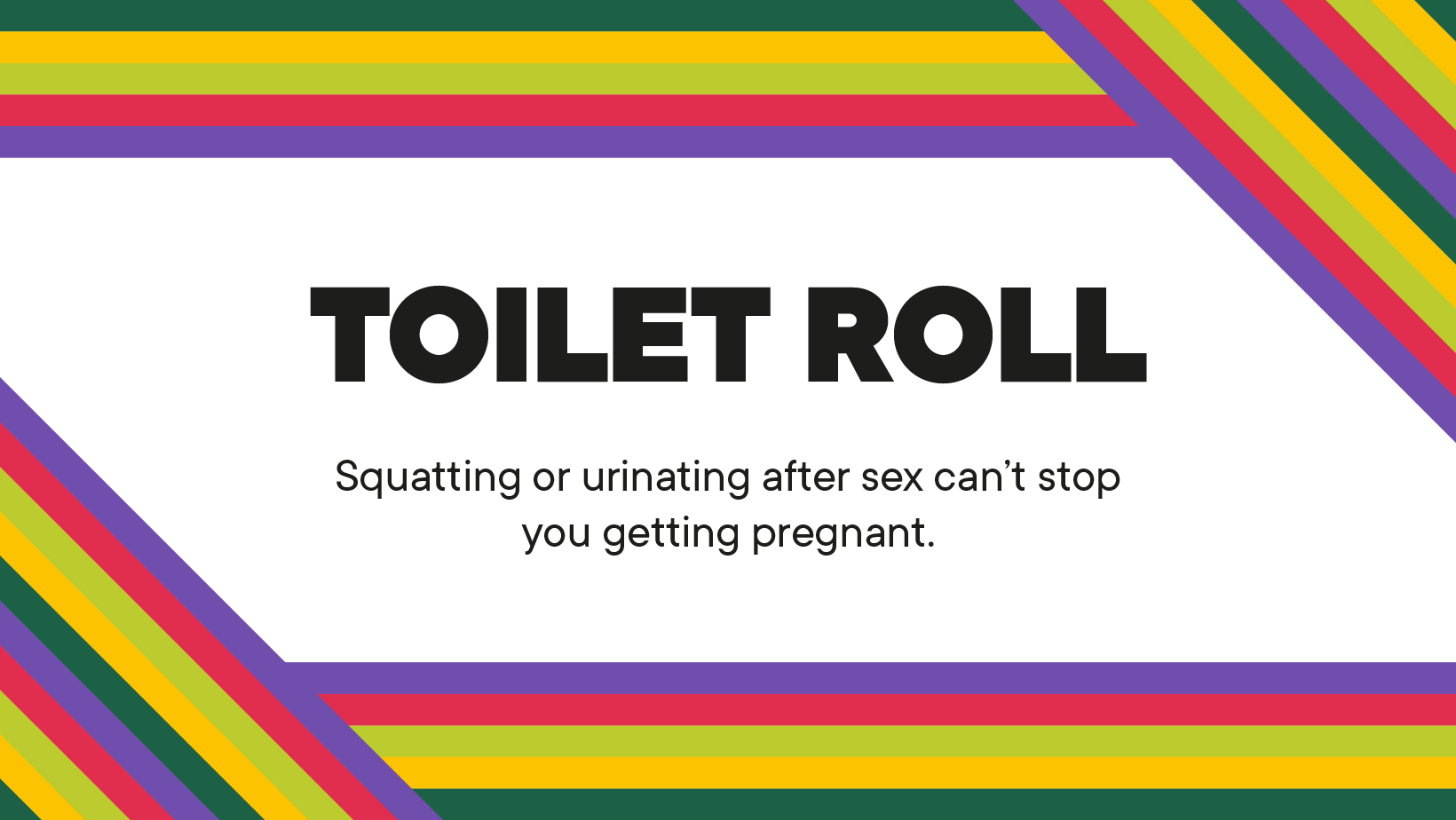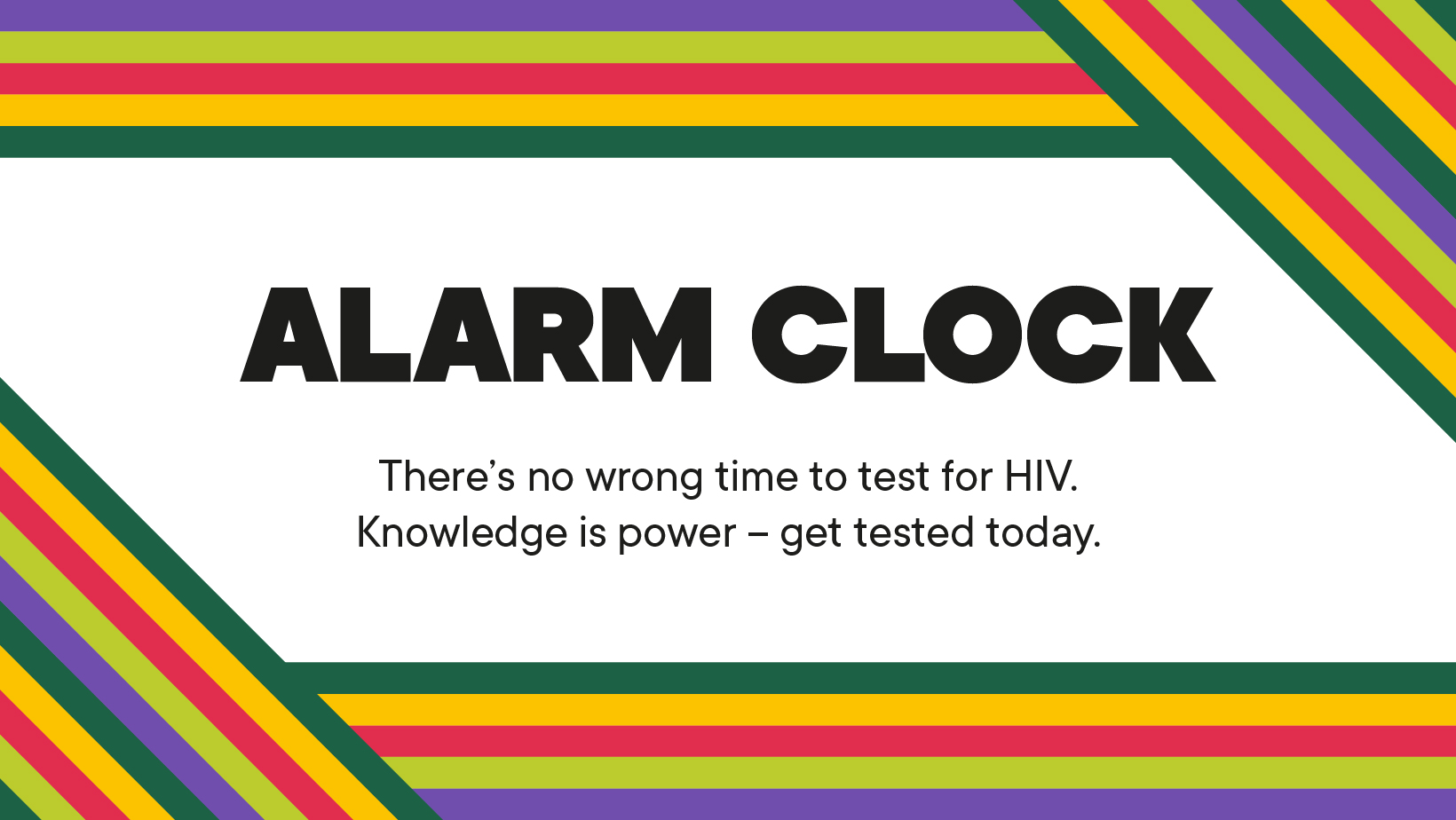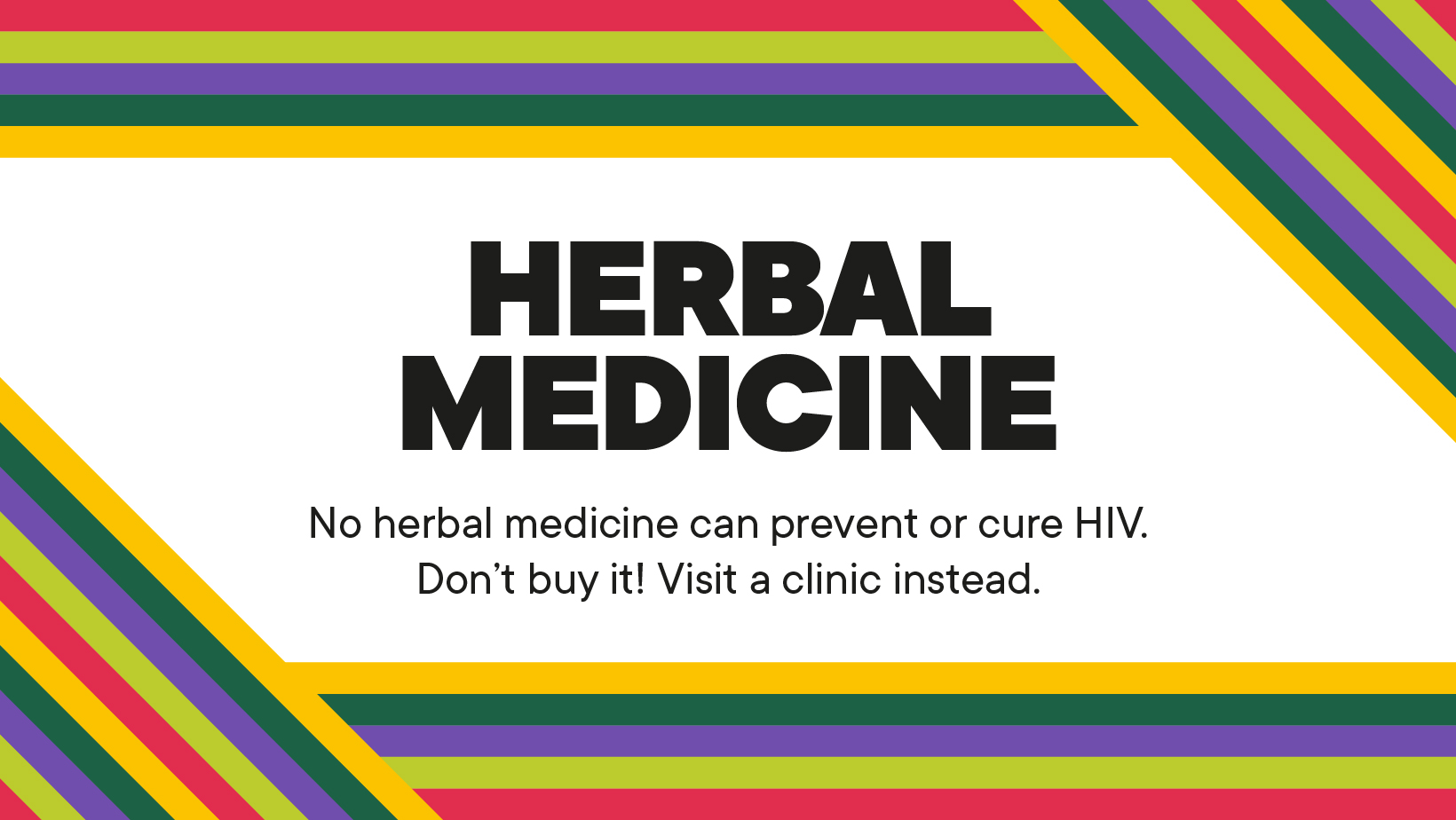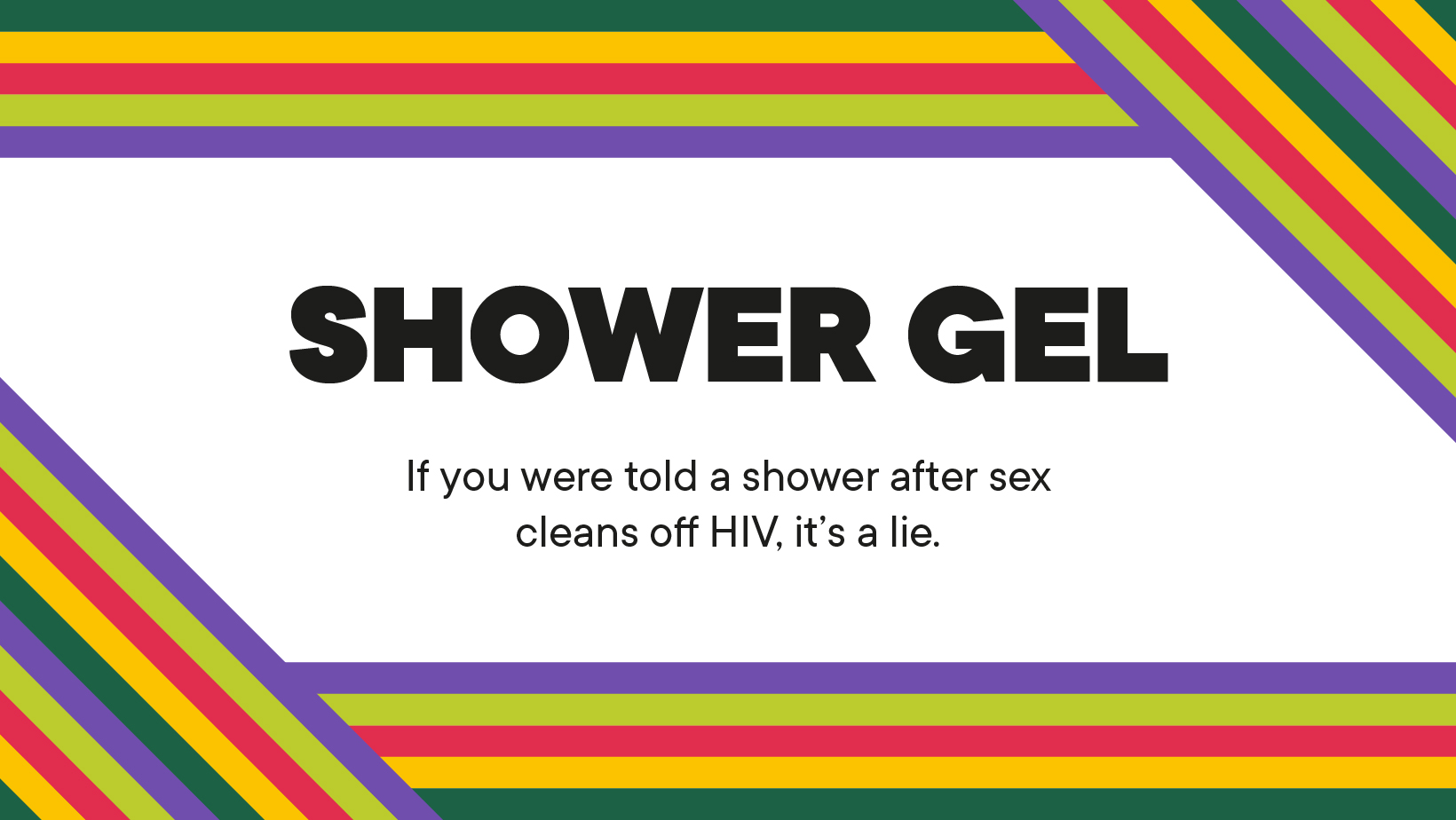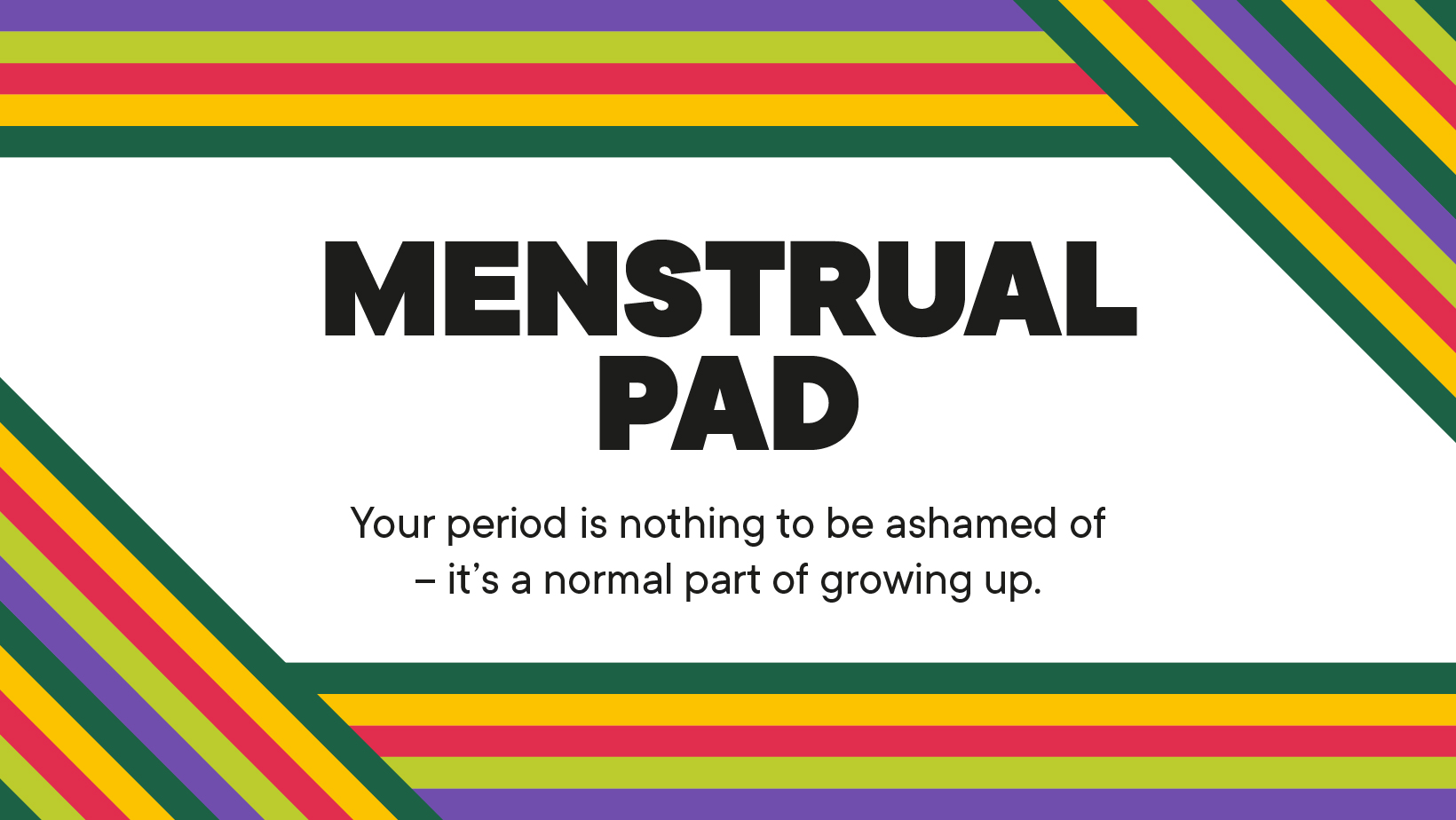A Year of Growth and Impact: m2m’s 2019 Annual Programme Review
mothers2mothers (m2m) is excited to share the results of our 2019 Annual Programme Review, which show continued growth and impact, and demonstrate how m2m is advancing the United Nations Global Goals of creating good health and wellbeing for all and an HIV-free future.
Driving this impact is our success in stopping new infections in their tracks and ensuring people living with HIV are tested, started on treatment, retained in care, and achieve viral suppression. However, ending HIV is just the start—healthy, thriving families and communities across sub-Saharan Africa is our vision for the future. We use our lifecycle approach and strong relationships with families and communities to go beyond a narrow focus on HIV, to give families the opportunity to thrive, not just survive.
Our scale
In 2019, m2m began providing services in West Africa for the first time with a programme in Ghana, and also launched operations in Angola. We enrolled 932,431 new clients, an increase of 4% over 2018. That included more than 30,000 clients reached through technical assistance we provided to governments and other non-governmental organisations (NGOs).
Contributing to an HIV-free future
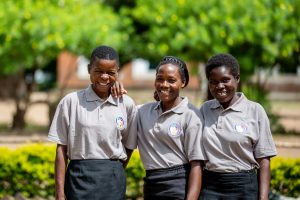
m2m Mentor Mothers, who are delivering transformative health outcomes, in the Mulanje District of Malawi.
Our commitment to ensure a new generation is born HIV-free continued to show remarkable success. For the sixth year in a row, we achieved virtual elimination of mother-to-child transmission of HIV among our enrolled clients. In 2019, we recorded a transmission rate of 1.9%—well below 5% established by the United Nations as a benchmark for virtual elimination.
We also prevented HIV infections among our adult clients. Just 0.08% of pregnant or breastfeeding women who were HIV-negative when enrolled in m2m’s programme contracted HIV in 2019—45 times lower than a 2020 estimate of the rate across sub-Saharan Africa (3.6%).1
Global Goals
m2m is meeting almost all UNAIDS 95-95-95 Fast-Track Targets to end the AIDS epidemic by 2030—more specifically, 95% of people living with HIV know their status, 95% of people who know their status are on treatment, and 95% of people on treatment have suppressed viral loads** Among the 2019 highlights of the Annual Programme Review: 97% of pregnant m2m clients served at a health facility were tested for HIV—compared to 91% in Eastern and Southern Africa2; 99% of women we served who are living with HIV accessed treatment—substantially higher than an 85% benchmark in Eastern and Southern Africa3; and 95% of women we served were virally suppressed—compared to 91% in Eastern and Southern Africa.4
Retention and adherence
What is driving this impact? The 2019 Review found that m2m clients were retained in care and adhered to their treatment—which are essential to achieve viral suppression, stop the spread of new HIV infections, and improve health outcomes for people living with HIV. For example: in 2019 90% of m2m clients living with HIV who started antiretrovirals for the first time were still on treatment after a year—compared to 72% in Eastern and Southern Africa.5 Nine-eight percent (98%) of women we served adhered to their treatment more than 95% of the time—surpassing World Health Organization goals of 95% of individuals on treatment with 80% adherence.
Health at all ages
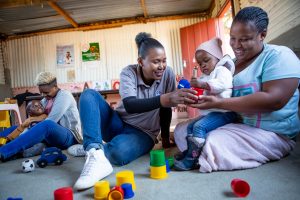
m2m Mentor Mother engages with clients at a mother’s support and play group in Shoshanguve, South Africa.
Our commitment to improve health and wellbeing at all stages of life through our family-centred approach is reflected in our diverse client base. In 2019, we reach 20% more children (aged 3-9) and 27% more adolescents (aged 10-19), compared to 2018.
We continued to promote the good health and wellbeing of our youngest clients. Nine-four percent (94%) of our early childhood development (ECD) clients (0-3 years) achieved all their developmental milestones at one year of age in 2019, helped by the advice and support we provide to parents and caregivers on early learning stimulation, responsive and playful parenting, health, nutrition, safety, and protection
We also supported children living with HIV (aged 0-9) to access and stay on treatment, which is essential to their future health. For example, 91% of children accessed treatment—compared to a benchmark of 76%.6 Eighty-three percent (83%) of children who receive a viral load test result were virally suppressed—considerably higher than 68% in 15 UNAIDS focus countries.7
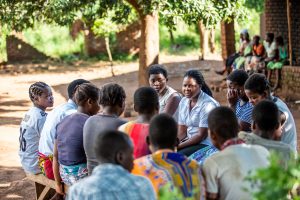
m2m adolescent support group in the Mulanje District of Malawi.
As for our adolescent clients living with HIV (ages 10-19), m2m provides them with skills and knowledge to help them make better choices for their health. Among the 2019 highlights, 96% of adolescents were initiated on treatment—compared to a benchmark of 56% in UNAIDS 35 Fast-Track countries.8 90% of adolescents who began treatment were still taking it at 12 months—compared to a regional benchmark of 76%.9
For more information on our 2019 Programme Review, please visit the summary here.
If you would like to improve the health and wellbeing of even more women, children, adolescents, and families, and create an HIV-free future, please join us on our mission! You can help by spreading the word on social media, signing up to our newsletter to stay in touch, or by making a donation.
- https://journals.lww.com/aidsonline/Abstract/2020/04010/Incident_HIV_among_pregnant_and_breast_feeding.12.aspx)UNAIDS 2019: East and Southern Africa
- UNAIDS 2019: East and Southern Africa
- ibid
- UNAIDS 2019
- UNAIDS 2019: East and Southern Africa
- UNAIDS 2019 (Note: Among the benchmarks for children in the countries included in this analysis—Kenya, Lesotho, Malawi, Zambia—Zambia had the highest rate of 76%.)
- UNAIDS 2019, 15 focus countries
- UNAIDS 2019, 35 Fast-Track countries
- Knettel et al; 2017
